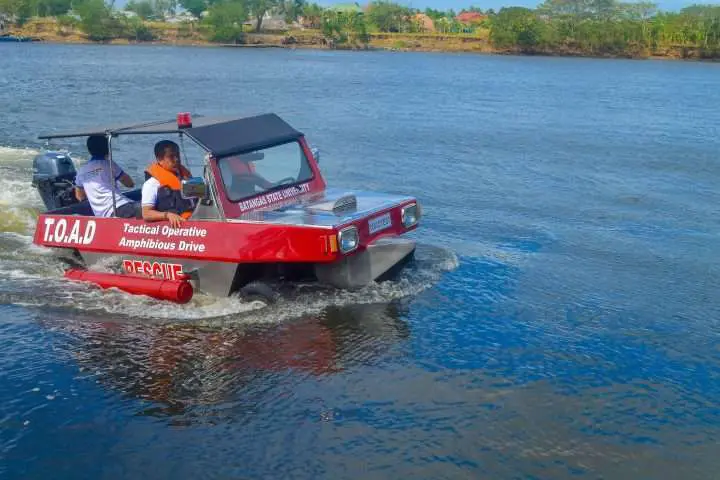

The University has a wide array of approaches on how to reach different sectors of the community for the optimal realization of the sustainable goals by 2030. These involve (1) technical assistance and advisory services; (2) disaster risk reduction and management and disaster preparedness and response; (3) technology transfer; (4) gender and development; (5) community outreach and service; (6) adopt-a-municipality/barangay programs; and (7) livelihood trainings, among others.
Since 2014, it has transferred 303 university-generated technologies for social and economic development to nearly 86,000 beneficiaries. In particular, the Adopt-a-Barangay program has benefited almost 4,000 beneficiaries in ten barangays in the province of Batangas. It has also trained over 4,000 participants on technopreneurship and has provided incubation for 20 start-ups.Its number of institutional partners has increased to 133 in 2017, enabling the University to conduct high-impact and sustainable extension projects. This number continues to increase since then.
Prescinding from the above, and with Social Relevance as one of the Pillars of the its 10-year Strategic Plan, the University aims to respond to problems in communities and industries through the development of relevant institutional programs, provision of expertise and quality services, and strategic partnerships and knowledge–based solutions to achieve a more sustainable future.In particular, the University shall take a proactive role in advancing the sustainable development strategies and educating the public on emerging and pressing social concerns.
BatStateU Inclusive Social Innovation for Regional Growth (BISIG) Program
The BISIG program includes projects, namely: Community Learning Exchange (CommLEx), Social Innovation Geared to the Protection and Advocacy for Water Shed Rehabilitation (SIGPAW) Project, BOOTCAMP: Youth Engagement Project towards Innovative Solutions among Communities, and Sulong ESO saMasiglangEkstensyon – Extension Related Webinar Activities.
CommLEx aims to be a platform for social concerns exchange between students, researchers, extensionists, field specialists, LGUs, and community members. The program also aims to produce innovative social solutions for the concerned communities The SIGPAW Project aims to improve the condition of watersheds for sustainability. The BOOTCAMP aims to promote participation in social innovation among out-of-school youths, and junior high school students – both to increase the awareness and engagement of the youth. Sulong ESO saMasiglangEkstenyon is a series of extension activities conducted via webinar to be able to implement PPAs in time of pandemic.
9 13 14
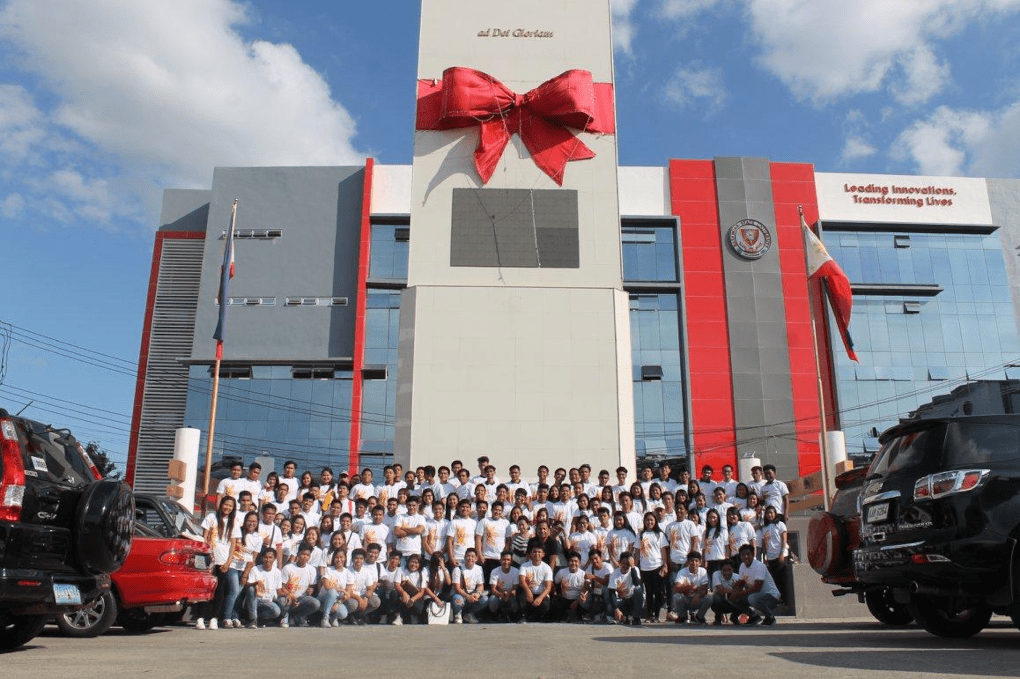
Livelihood and other Entrepreneurship related on Agri-Fisheries (LEAF)
LEAF aims to identify potential extension programs for the livelihood and entrepreneurship for agri-fisheries. The objective of the program is to reduce poverty and inequality by generating employment and source of income among poor households and by moving highly vulnerable households into sustainable livelihoods and toward economic stability. The program addresses the zero poverty and decent work and economic growth as reflected in the Sustainable Development Goals of 2030.
Webinar topics includes:
1 5 8
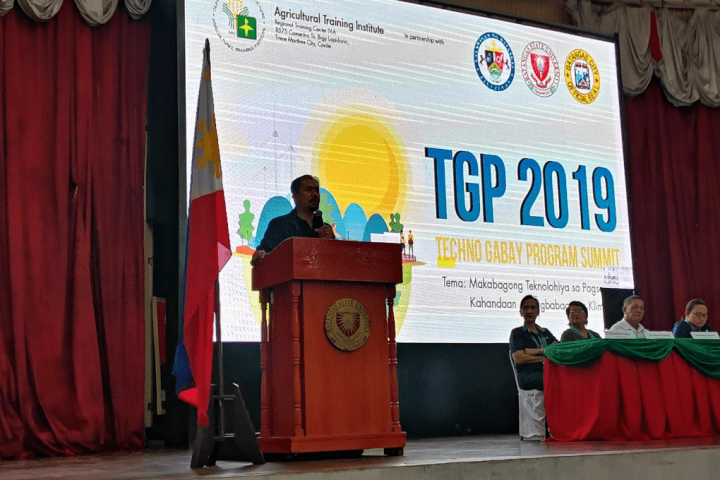
Environment and Natural Resources Conservation, Protection and Rehabilitation Program
The program aims to preserve the biodiversity, increase the productive capacity of watershed rainforest towards sustainable resource-based for watershed communities through research-based and extension program, project and activities.
Projects and activities implemented include:
5 13 14 15
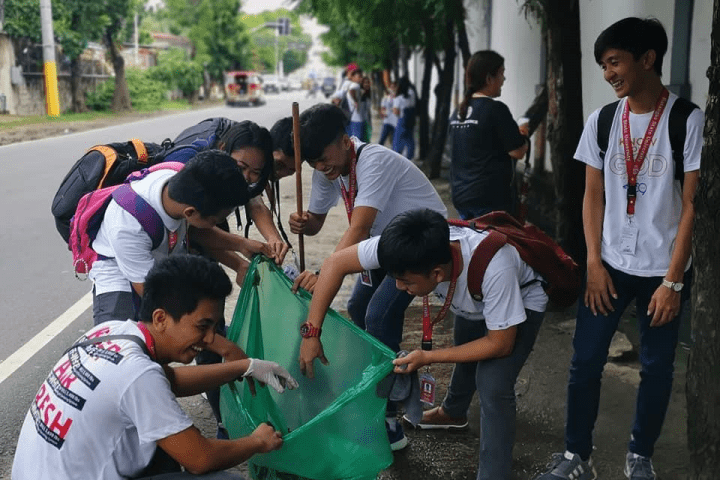
Smart Analytics and Engineering Innovation
The program aimed at fostering and enabling research that can help date users such as small to medium business enterprises, industry, local governments, legislators, policy makers , teachers , students, individuals and families and other stakeholders harness the potential of data , in varying levels of complexity , in order to make informed decisions. Innovations such as smart predictive informatics tools are needed to help make sense of ever increasing configurations of data, and thereby aid in day–to-day productivity as well as support macro goals of economic competitiveness.
9
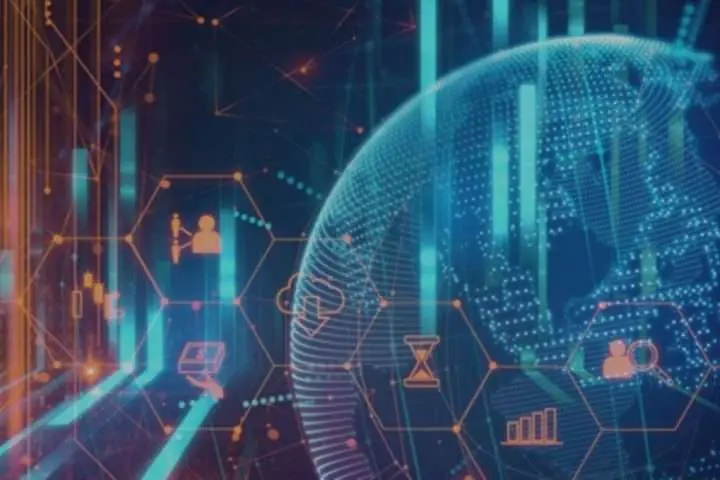
Adopt-a-Municipality/Adopt-a-Barangay/ Social Development Thru BIDANI Implementation
The program aims to design, develop, implement and evaluate/assess the research-based high impact community development services projects activities utilizing an approach that promotes nutrition-in-development through a local participative and integrated management system which addresses one of the Sustainable Development Goal pertaining to good health and well-being of the community.
Projects and activities implemented includes various training such as:
3 5
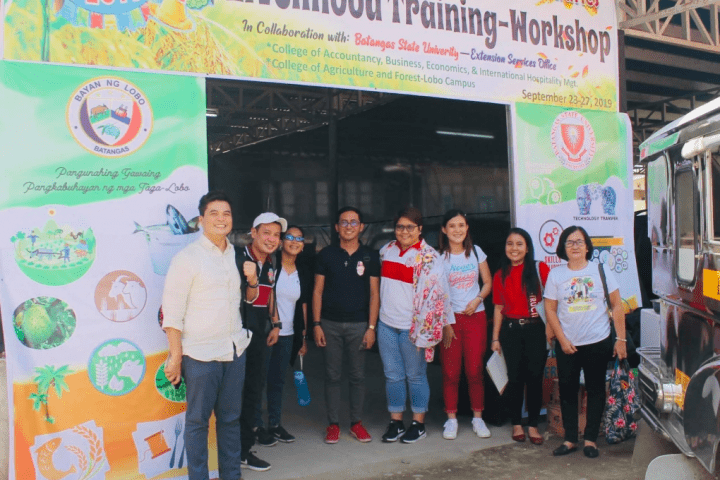
Community Outreach Program
The program aims to encourage the participation of the high University stakeholders (students, parents, teachers, staff, personnel and alumni) in social development work and collaborate with community-based organizations and institutions in their efforts to promote a just, loving, equitable, and humane society. This also aims to improve the quality of life at the grassroots level.
2 3
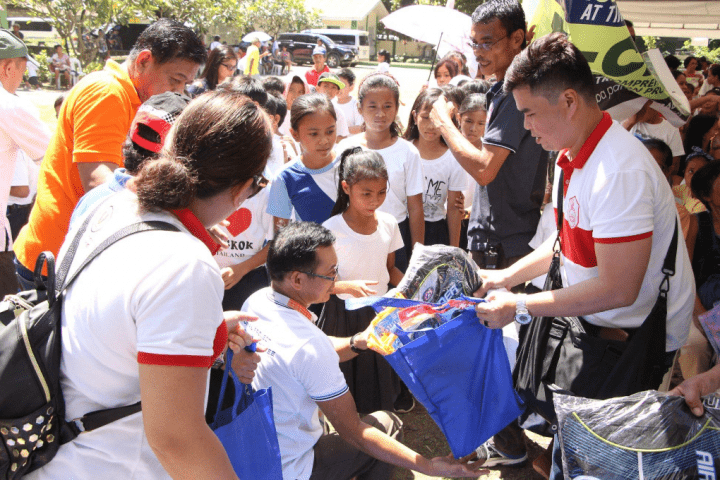
Technical-Vocational Education and Training (TVET) Program
The overall objective of the TVET Program is to provide the economy with qualified and competitive workers and to train citizens to participate in sustainable growth and poverty reduction by ensuring training opportunities to all social groups without discrimination.
Projects and activities implemented includes:
5 8 9

Technology Transfer and Adoption/Utilization Program
The program aims (1) to assist and support the faculty and students in creating avenues for technology transfer and commercialization of their research, (2) to build and enhance the technological capabilities of the faculty for more effective extension service through technology assessment, transfer, adoption, utilization and commercialization of research outputs, (3) to assist the education, community and industry sectors through technology advancement and innovation, (4) to facilitate the transfer of high impact research outputs for the utilization of the education, community and industrial sectors and (5).to ensure the quality of the research – based technologies in the services areas through assessment and monitoring.
Projects and activities implemented include:
1 5 9 11 8

Technical Assistance and Advisory Services Program
Specifically, the program aims to identify strategies to improve productivity of small and medium manufacturing enterprises, Local Government Units, SME’s and other GA and NGAs through technical inputs and capacity building, including support for stakeholder consultations. Outputs will include support for policy reforms and capacity building in the areas of business regulation, access to finance, and public-private partnership (PPP).
Projects and activities implemented includes:
Webinar topics includes:
1 5 9 11 8
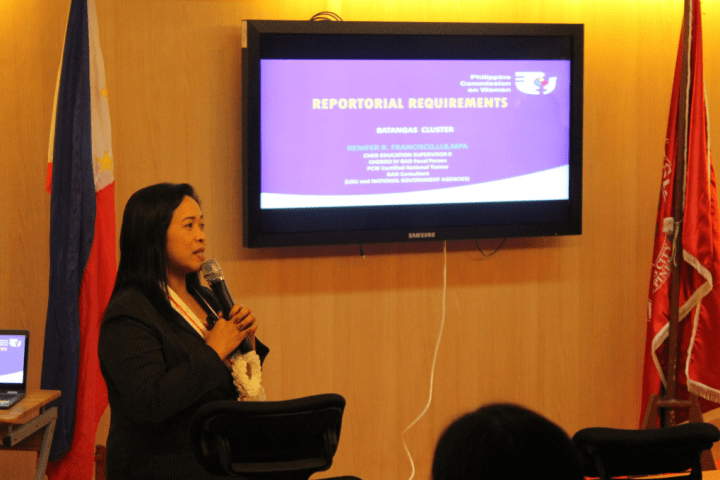
Parents’ Empowerment through Social Development (PESODEV) Program
PESODEV aims to provide livelihood, gender and development, responsible parenting and socio-cultural training and activities for parents to make them active members of the communities they belong to, including the University system.
1 3 5
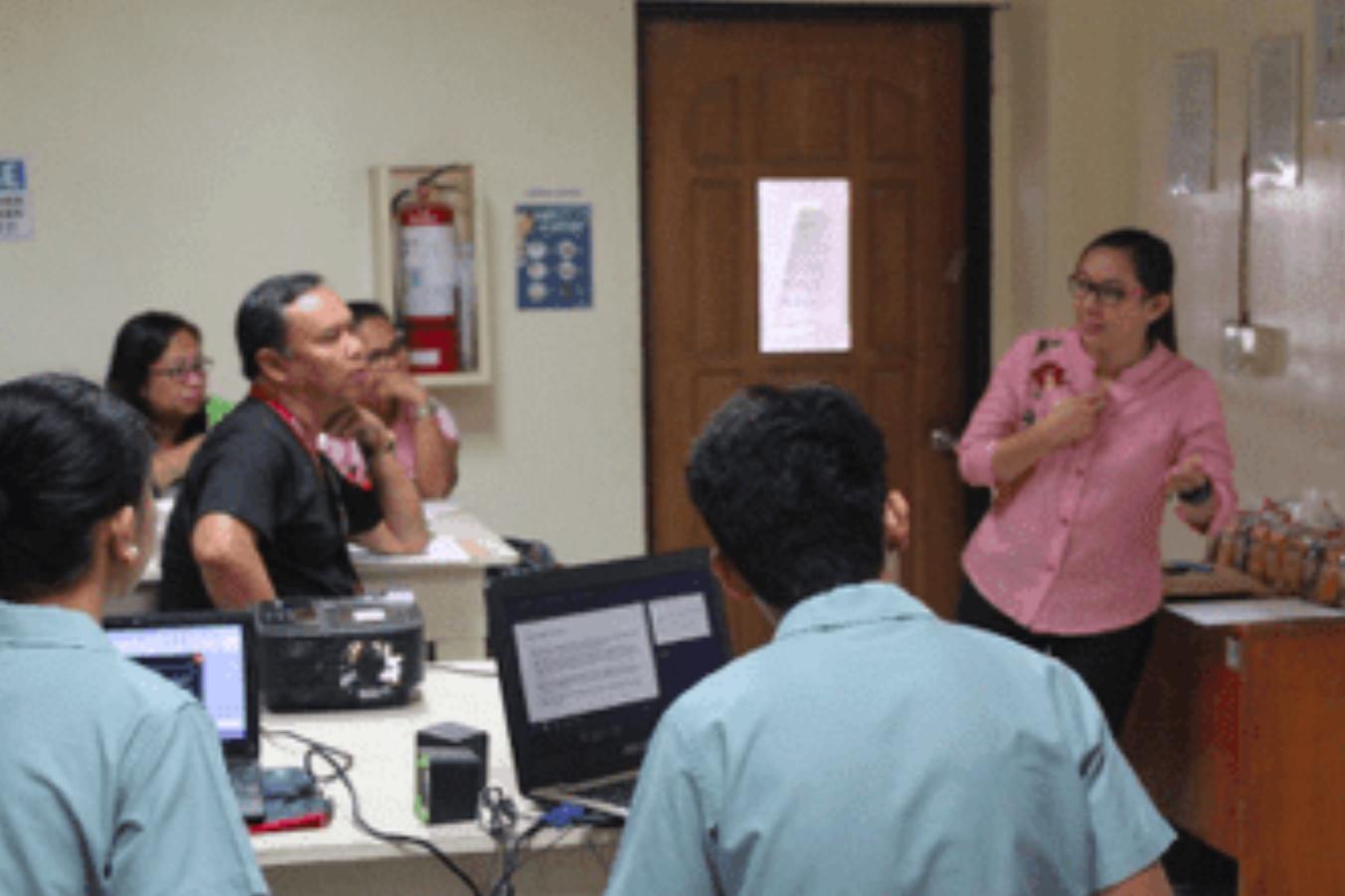
Gender and Development
GAD program aims to: (1.) Mainstream GAD in curriculum research and extension (2.) Institutionalize gender responsive mechanisms in the university (3.) Develop and recognize gender responsive members of the academic community and external stakeholders (4.) Establish sustainable partnerships with external stakeholders and technical experts, and foster cooperation in the planning, development implementation, monitoring and evaluation of GAD PPAs (5.) Construct/upgrade facilities, which would address Gender concerns of stakeholders.
Information Campaign to End VAW
5
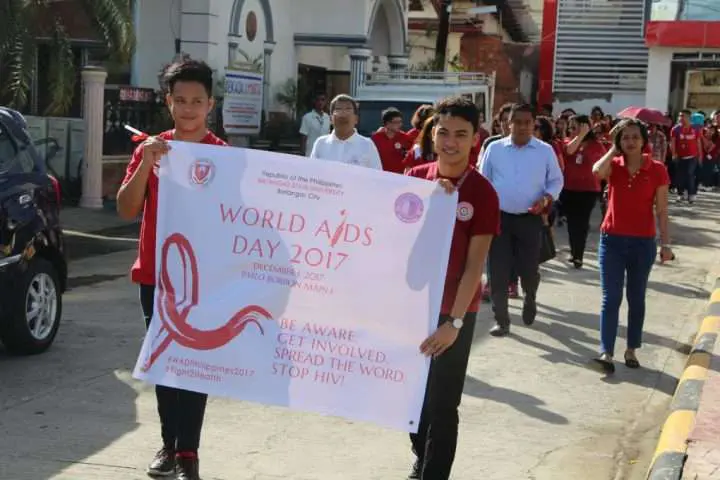
Disaster Risk Reduction and Management and Disaster Preparedness and Response/Climate Change Adaptation Program (DRRM and DPR/CCA)
The program aims to promote a safe and secure environment for people and communities. Specifically, the program aims to increase awareness of people on DRRM and DPR/CCA, to increase safety and preparedness of the community members, to understand the proper response movement and evacuation in an emergency, to ensure the health and safety of the people during calamities and disasters and to train volunteers to respond to the needs of people and communities.
Project and activities implemented includes:
5 13
